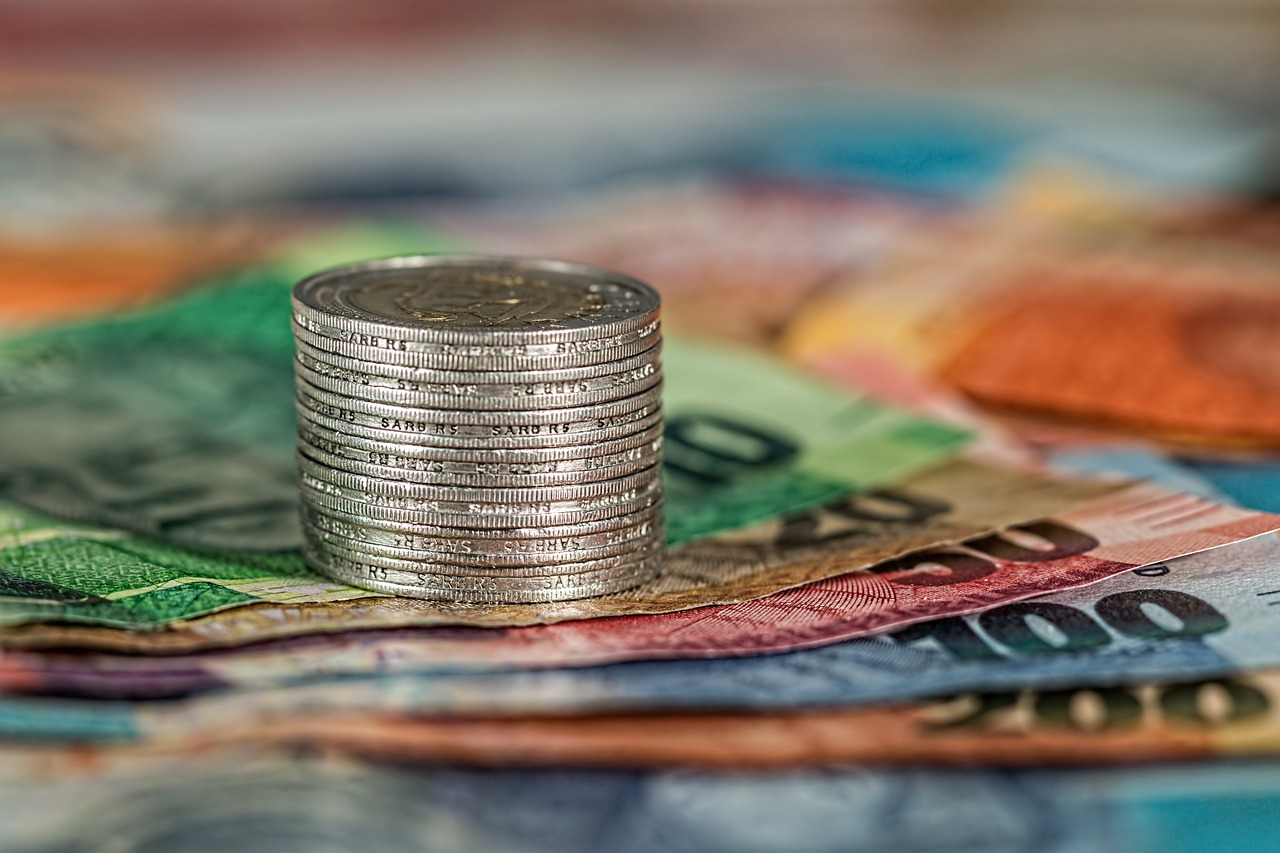Understanding the Difference Between Bad Debt and Good Debt
Encrypting your link and protect the link from viruses, malware, thief, etc! Made your link safe to visit. Just Wait...
Debt is a financial tool that, when used wisely, can be a means to achieve various goals and aspirations. However, not all debts are created equal. To make informed financial decisions, it's crucial to understand the distinction between "bad debt" and "good debt." In this blog, we will explore the key differences between these two types of debt and how they can impact your financial well-being.
Bad Debt: When Debt Becomes a Burden
1. High-Interest Credit Card Debt
- Bad debt typically encompasses high-interest credit card debt. Credit cards often come with substantial interest rates, and when balances are not paid off in full each month, they can quickly accumulate and become a financial burden. The interest charges on credit card debt can far outweigh the benefits of making minimum payments.
2. Consumer Loans for Depreciating Assets
- Taking out a loan to purchase items that depreciate in value, such as a car, can be considered bad debt. While it may be necessary for transportation, financing a luxury car with high monthly payments can lead to a cycle of debt without substantial financial gain.
3. Payday Loans and Predatory Lending
- Debt from payday loans or predatory lending practices can be particularly damaging. These loans often carry exorbitant interest rates and fees, trapping borrowers in a cycle of debt that can be difficult to escape.
4. Debt for Non-Essential Expenses
- Accumulating debt to fund non-essential expenses, like vacations, shopping sprees, or extravagant dining, falls under bad debt. While enjoying life is essential, going into debt for luxuries can have negative long-term consequences.
Good Debt: Debt as an Investment
1. Mortgage
- A mortgage is considered a classic example of good debt. It allows you to purchase a home, an asset that generally appreciates in value over time. Additionally, mortgage interest rates are typically lower than those of other consumer loans.
2. Student Loans
- Student loans, when used for higher education, are often seen as good debt. Investing in your education can increase your earning potential and open doors to better career opportunities, making the debt a worthwhile investment.
3. Business Loans
- Borrowing to start or expand a business is another example of good debt. When managed wisely, business loans can lead to increased profits and financial stability.
4. Real Estate Investments
- Using debt to invest in income-generating real estate, such as rental properties, can be a strategic financial move. Rental income can help cover the debt payments while the property appreciates in value.
Key Differences
1. Purpose and Investment
- The primary difference between bad and good debt is the purpose behind taking on the debt. Good debt is incurred to invest in assets or opportunities that have the potential to increase your net worth, while bad debt is typically used for consumer spending or expenses that do not generate future value.
2. Interest Rates
- Bad debt often comes with high-interest rates, making it more expensive to carry and challenging to pay off. Good debt typically offers lower interest rates, reducing the overall cost of borrowing.
3. Long-Term Impact
- Bad debt can have a detrimental long-term impact on your financial health, potentially leading to a cycle of debt and credit problems. Good debt, when managed responsibly, can contribute to financial growth and stability.
Conclusion
Understanding the difference between bad debt and good debt is crucial for making sound financial decisions. By distinguishing between the two and using debt as a strategic tool rather than a burden, you can work toward achieving your financial goals and building a more secure future. Remember that responsible debt management, along with financial education, is key to maintaining a healthy financial life.



